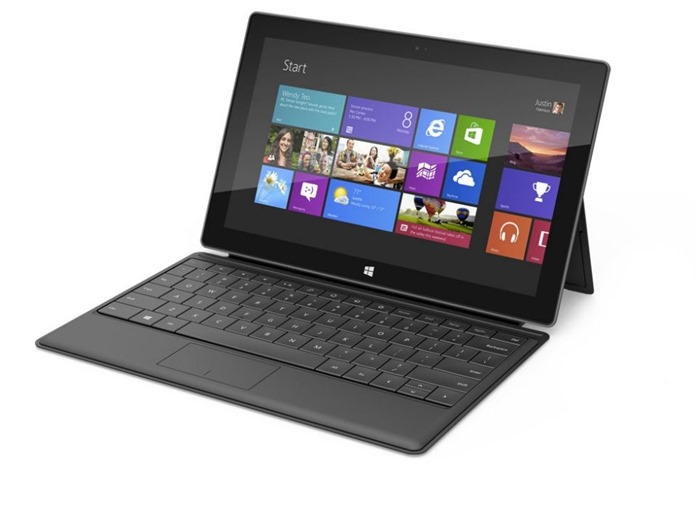It’s pretty much the hottest new “device” on the block today and yes, there’s a damn good chance that it could replace or at least significantly supplement a laptop. And a tablet. And possibly a desktop PC too.
Scrolling back just for a sec, a couple of months back I sent Red Gate Software some tips on optimising ASP.NET web apps which then made their way into their free eBook titled 50 Ways to Avoid, Find and Fix ASP.NET Performance Issues (go and download it, I’ll wait). Turns out this was actually a competition for the best tip, also turns out the prize was a Microsoft Surface and also turns out that the winner was me. Happy days, plus of course a big “thank you” to Red Gate.

Given I’m over at MVP Summit at the moment, it was easy to go and collect the prize from one of the Microsoft stores here in Seattle. Well actually, it wasn’t easy – they had no stock and according to the press, the Surface has, well, only just started to resurface, so to speak. Multiple calls and walks over the road to the store and I finally to managed to grab a 128GB Pro model. I did a little “unboxing” and first impressions video which is here:
After playing with it for a day and getting all the usual stuff installed, I captured a Camtasia video which you’ll find here (apologies for the audio quality, there might be a bit of tuning required there):
If you’re genuinely interested, watch the videos. If you want the tl;dr version, here’s the key points:
- Very nicely built. Feels well made but not quite as well made as an iPad.
- You need to be looking at the Pro version if you want to significantly supplement a traditional laptop / desktop.
- You also want to be looking at 128GB – there was only about 89GB free on the disk when I opened it up.
- The type cover is a much better option than the touch cover (more tactile, feel like a keyboard).
- Pixel density is great, not quite Retina but well beyond the old 72 DPI paradigm.
- Many apps can’t take advantage of the pixel density and instead scale down the font or asset or render it at the correct size but with a lower DPI so it looks rough.
- I could run everything I usually do; Visual Studio, Camtasia, video encoding, etc. It all works well (everything in this post was done on the Surface).
- Works great with an external mouse (trackpad is a little small for me).
- Scrolling on the screen via touch is pretty nice particularly given the smaller controls can be fiddly.
- Whilst in Metro mode (yeah, I’m still calling it that), it makes a lot more sense than on a desktop machine.
- Flicking between Metro and desktop is still jarring; I’m still doing everything I can to avoid ending up in Metro when performing an action on the desktop (i.e. making VLC the default media player).
The final word: I’ll do a lot of stuff with the Surface Pro that I would have turned to a laptop to in the past but… I’ll still be using the iPad while kicking back on the couch.